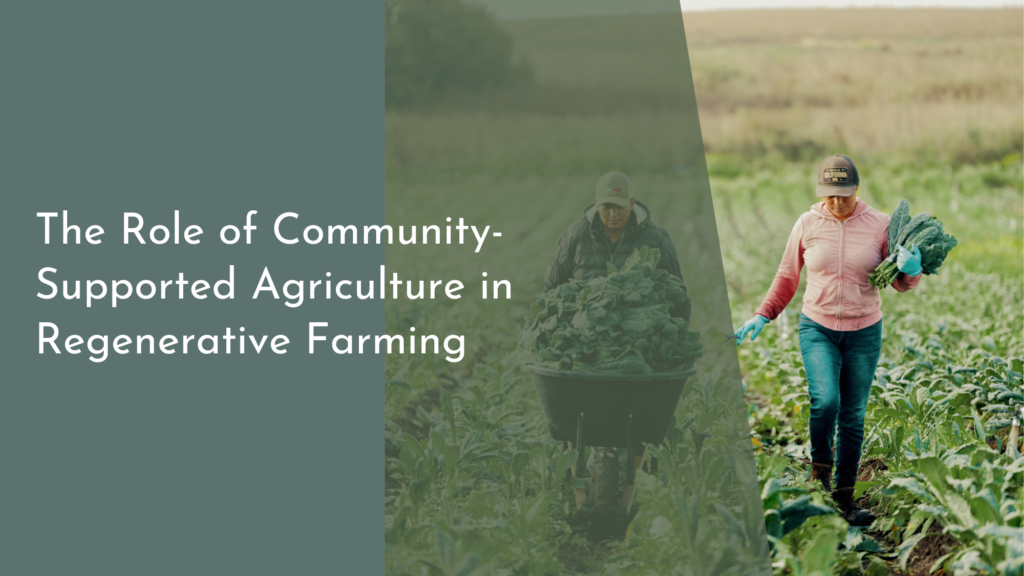Urban Farming for Biomass Energy Solutions
As urban landscapes expand and populations grow, the strain on energy resources has never been more pronounced. However, innovative solutions are emerging to address these challenges, and one of the most promising is urban farming for biomass energy. By harnessing the power of green spaces within cities, we can transform waste into valuable energy sources while promoting sustainability and resilience in our communities. This article explores the bright future of urban farming energy, the transformation of city spaces, the boost to renewable energy initiatives, and how you can contribute to this essential movement.
Discovering the Bright Future of Urban Farming Energy
Urban farming is gaining traction as a sustainable practice that not only provides fresh produce but also serves as a source of biomass energy. Biomass energy, derived from organic materials such as plant matter and agricultural waste, offers a renewable alternative to fossil fuels. In densely populated urban areas, the integration of biomass energy systems into urban farming practices can create a circular economy where waste is converted into energy, reducing landfill burden and promoting a healthier environment. The bright future lies in these initiatives, which promise cleaner air, reduced carbon footprints, and a community-centered approach to energy production.
Furthermore, urban farming for biomass energy has the potential to empower local communities by providing job opportunities, enhancing food security, and fostering a sense of stewardship towards sustainable practices. By utilizing vacant lots, rooftops, and community gardens, cities can cultivate biomass crops that not only serve energy needs but also contribute to biodiversity and green spaces. As urban populations continue to rise, the push for sustainable solutions becomes imperative, highlighting the importance of integrating biomass energy into urban farming for a greener, more resilient future.
Transforming City Spaces into Thriving Biomass Farms
Transforming city spaces into thriving biomass farms involves innovative planning and community engagement. Urban areas often contain underutilized land that can be repurposed for biomass cultivation, such as fast-growing plants, food waste, and agricultural residues. By converting these spaces into productive farms, cities can not only grow their own food but also generate biomass for energy production. This transformation requires collaboration among local governments, residents, and farmers to create accessible and sustainable farming practices that benefit everyone involved.
Moreover, urban biomass farms can serve as educational hubs for sustainability and energy awareness. Schools, community organizations, and local businesses can engage in programs that teach residents about the benefits of urban farming and biomass energy. Workshops, community events, and volunteer opportunities can foster a culture of sustainability and innovation. As urban spaces evolve, so too can our relationship with the environment, turning concrete jungles into lush, productive landscapes capable of supporting both people and the planet.
How Urban Farming Boosts Renewable Energy Initiatives
Urban farming significantly contributes to renewable energy initiatives by providing a sustainable source of biomass that can be converted into energy. With advances in technology, urban farms can employ methods such as anaerobic digestion, which transforms organic waste into biogas, a renewable energy source. By harnessing the energy from food scraps, yard waste, and biomass crops, cities not only reduce greenhouse gas emissions but also create a reliable and locally sourced energy supply. This shift towards renewable energy aligns perfectly with global goals to combat climate change and promote energy independence.
In addition to reducing reliance on fossil fuels, urban farming enhances the resilience of local energy systems. By producing energy locally, cities can minimize transmission losses and dependence on external energy sources. This decentralization of energy production encourages the development of microgrids, which can operate independently during emergencies or power outages. Thus, urban farming not only strengthens renewable energy initiatives but also fortifies communities against the vulnerabilities associated with centralized power systems.
Join the Movement: Your Role in Sustainable Energy Solutions
Everyone can play a role in the movement towards sustainable energy solutions through urban farming for biomass energy. Whether you have a green thumb or are simply looking to support local initiatives, there are numerous ways to get involved. Start by exploring community gardens or local farms in your area and engaging with their programs. Participate in workshops, volunteer days, or educational events to learn more about sustainable practices and how biomass energy can be integrated into urban settings. Your support can help foster a culture of sustainability and inspire others to join the movement.
Additionally, advocating for policies that promote urban farming and renewable energy initiatives can amplify your impact. Reach out to local representatives, support legislation that supports green initiatives, and raise awareness in your community about the benefits of biomass energy. By sharing knowledge and resources, you become a catalyst for change, encouraging others to adopt sustainable practices. Together, we can work towards a brighter, greener future, where urban farming and biomass energy solutions thrive side by side.
The integration of urban farming into our cities is not just a trend; it’s a vital step toward achieving a sustainable and resilient future. By embracing biomass energy solutions, we can transform wasted resources into valuable power while enhancing our quality of life. As individuals, communities, and cities rally together, the potential for positive change is limitless. Join the movement and become part of the solution — the future of urban farming energy awaits!


